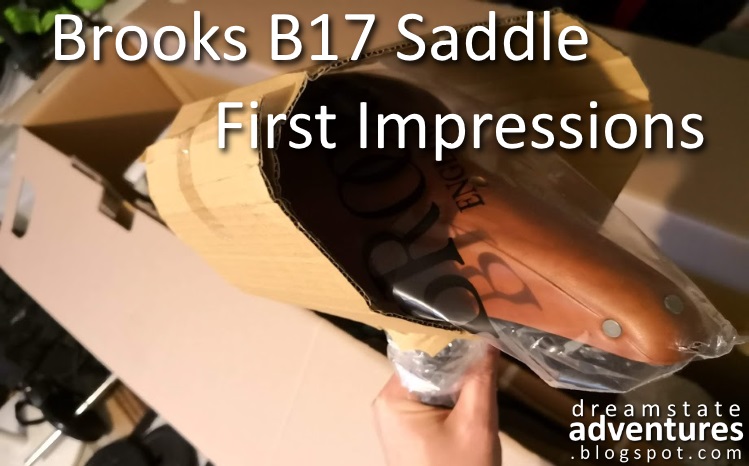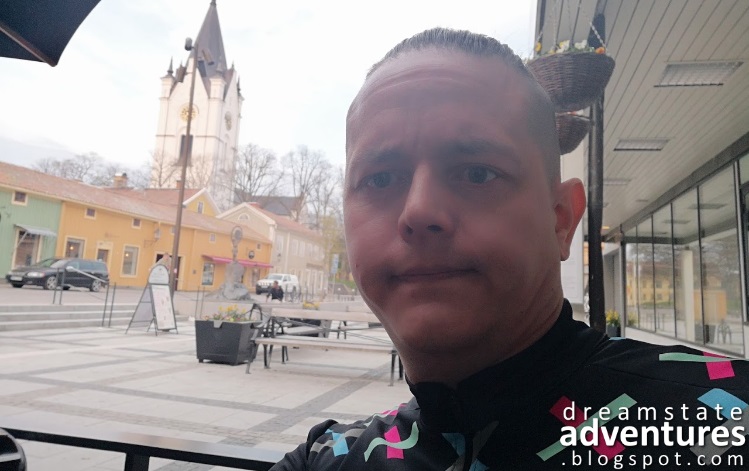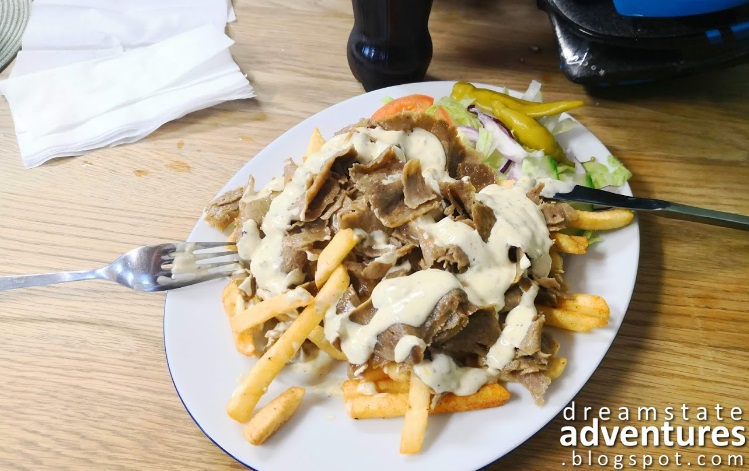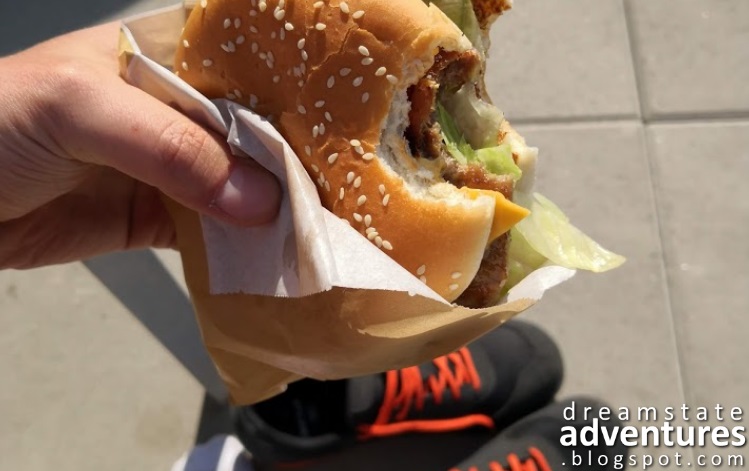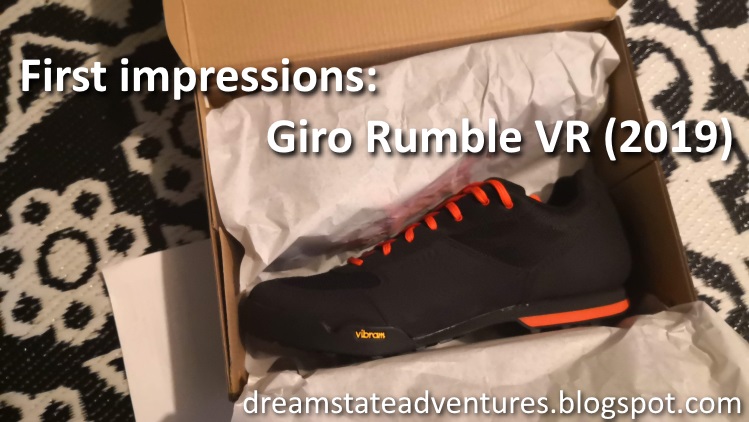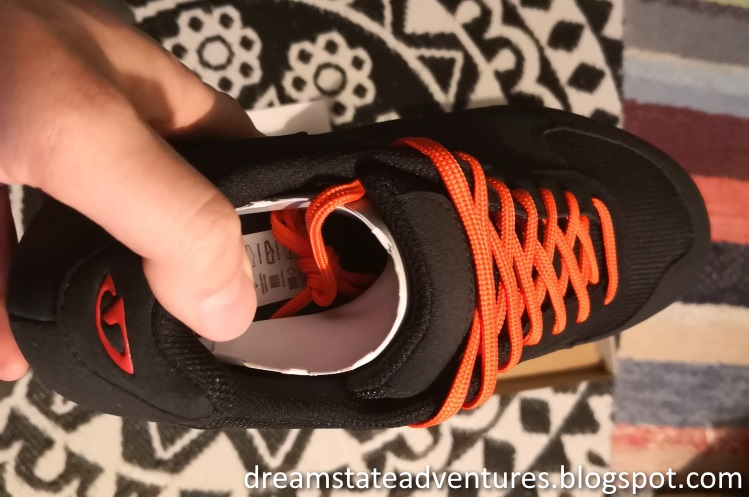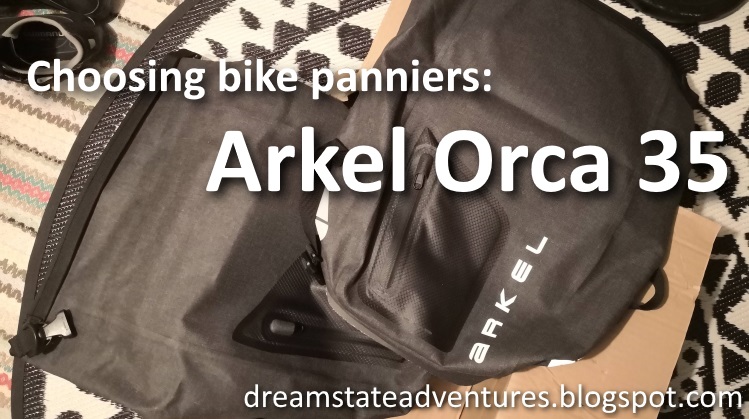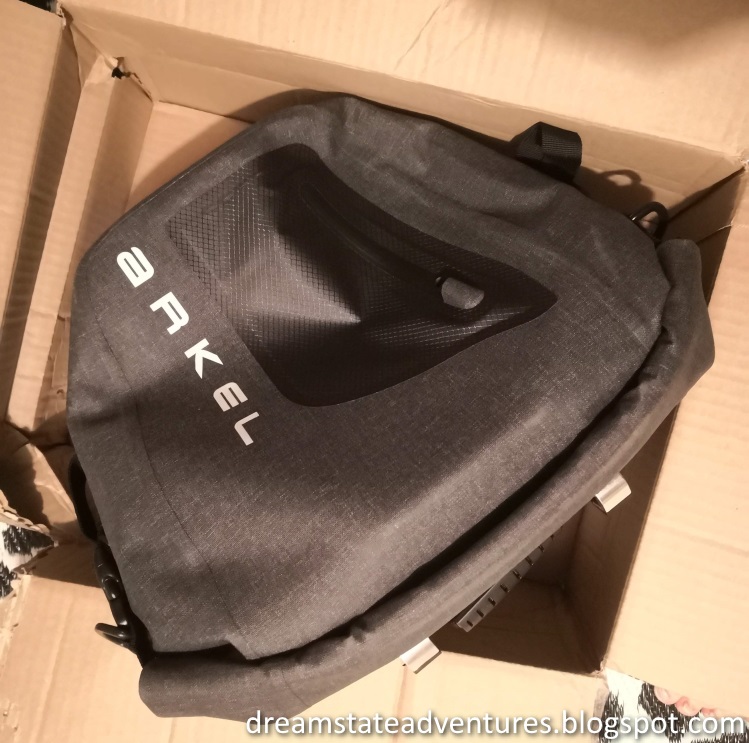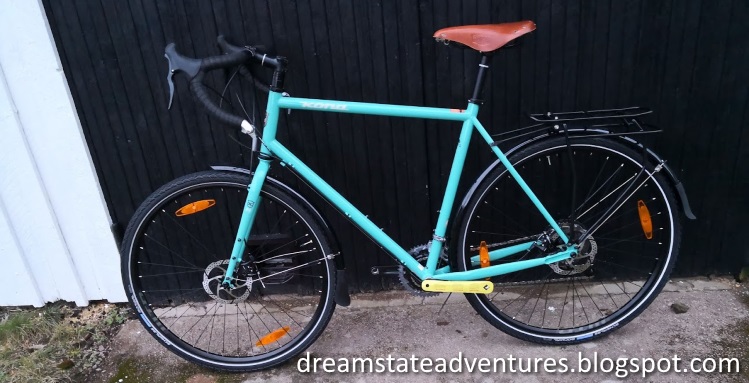My
Kona Sutra finally arrived after some bad luck followed by some real luck!
I ordered it in September last year and as I am 190 cm long ended up with the size 58 frame that had longer delivery for some reason. After a lot of delays when the bike just never seemed to arrive at the bike store (they said mid January) I ended up canceling the order mid February as I found the bike in stock at another vendor... And lucky me, it was 150€ cheaper as well!
But now that I picked it up the other day and have spent the time on mounting racks and pedals I took it on its first ride in the wild!
My other posts in selecting a touring bike for my Stelvio 2019 adventure:
Setup for this review
 |
| Kona Sutra, Surly Front Rack and Shimano PD-M545 pedals |
I put on my Surly Front Rack and removed the original back rack. The pedals of choice ended up being the Shimano PD-M545, basically dual sided SPD pedals with a platform in aluminium so that they can be used with ordinary shoes as well.
Test route
My first idea was to take the bike for a 100 km ride to see how it handles in a variety of situations, gravel and paved roads and climbs etc. But turns out that 4 weeks after chemotherapy ended, my bloods are still low and I had to rethink a more suitable ride.
So instead I took the bike on two shorter rides. A mix of paved roads, gravel roads and some single-track (non-technical...)
No real climbs on the route besides some railway bridges..
Weight
I was unable to figure out how much this bike weighted before buying it. So now, in size 58 it is up to the test.
 |
| I used a hanging scale to weigh the bike, just lifted it up and hung it from the handle bar. |
So the Kona Sutra 2019, with original back rack and no pedals weighs in at 14 - 14.5 kg at frame size 58.
Handling
Compared to my Scott Speedster S30, the Kona Sutra handles well. The shorter reach to the handle bar means that I can ride in a more comfortable position (more upright).
My first ride I ended up floating above the saddle as it was a little slippery, as well as me wearing bulky winter clothes. So not going to count that rides experience into this review.
The second ride the temperature was a little better and sun was out so I was able to just use arm and leg warmers and managed to take test the handling a little bit more.
Gravel
Started off with some packed gravel outside my house and the frame/tyres absorbed a lot of the vibrations resulting in a quite comfortable ride. I managed to push up the speed a bit and the few 90 degree curves on the route were taken with speed with no problems. The bike handled good and I felt like I had control all the way through.
Another section with a little bit more loose gravel/sand and the speed went down, no surprise there but with a little planning I had the correct gear in and there was no real trouble pushing through.
Single-track
The single-track sections of the ride were not technical, so I was able to keep a quite high speed through the sections and the bike felt quite agile through it all.
No problems to avoid mud-holes and it felt quite mountain-bike like in the handling. Only thing that could become a problem is that you have to change hand positions to change gear as the Kona Sutra did not come with STI levers as standard. This could lead to situations. But other than that I think it handled well and felt agile.
Paved road
Lastly, some paved road with varying quality.
On the smooth asphalt sections the Kona Sutra quite like my racer. Going down into the drops and keeping speed. In the 90 degree curves and intersections there was no problem.
Overall handling
Overall, I did not feel the extra weight of the bike to be a problem om the short test runs. The bike feels agile when you need to do quick turns or break, it gains speed fast and I did not think of frame flex when pushing.. it might be there, but I did not notice as I was having too much fun.
Breaking
The Tektro RRL-A levers together with the TRP Spyre C break calipers and the 160 mm rotors really got some stopping power.
The only bike that I've had that had disc breaks was my mountain bike (Focus Black Forest 29R LTD 1.0) that had Magura MT2. Those felt flimsy, made a lot of noise that I never got rid of after numerous adjustments and the Maguras didn't have that much stop in them. So compared to them, these mechanical (non-hydralic) breaks that the Kona Sutra comes with felt nice. They react the way I want them to and they stop the bike.
I did some 'emergency'-breaking from speed to zero and it stops... Even if I did not have any packing with me I weigh in at 105 kg so there is a lot of mass to stop.. But the Kona Sutra stopped when I wanted to. I'm confident that this will have enough stopping power for the Alps and hopefully I will lose some weight until then..
A note here that I had to adjust the front caliper with a 3 mm hex key and move the pads out from the disk (about a quarter turn) to remove initial scraping noise.
Shifting and gears
 |
| The bar end shifters on the Kona Sutra. |
I've really grown fond of the STI levers on road bikes where the breaks and shifters are integrated. The Kona Sutra comes with separate break levers and then these bar-end gear shifters.
I've read that the reason is that they should be more durable. Might be true as they look super sturdy.
The default configuration on my bike was that the front derailleur shifter was not indexed, so just move the derailleur directly. This got some benefits as I really hate front derailleurs, there seems to always be a problem and scraping. But with this setup I can always fine tune the derailleur to not make noise. Me like.
The back shifter was indexed, makes sense as I would not want to try to find the gear on a cassette. The cable for the back derailleur came with a barrel adjuster mounted and readily available from the handle bars (see above picture, the slightly wider part of the cable casing to the top right).
The bike has a triple ring setup on the front derailleur and 9 indexed gears in back.
After my first short ride I had to adjust the barrel adjuster a quarter turn to get the indexing spot on.
As already stated above in the Handling section, the only issue I have with these is the fact that I have to move my hand from the hoods and away from the break-lever to change gear. I guess this is something that I can get used to but it could lead to incidents ..
The saddle
First impressions on the Brooks B17. This is the first time that I've ridden a bike with a Brooks saddle. As I will be using the bike to cycle across Europe later this year a good saddle is required.
Don't forget to prep the saddle before your first ride with the included profide, thin layer on the top and rest on the under side, and don't forget the edges. Let stay for a night and then use some cloth to remove whatever is left on the top side. The under side should be left as it is.
Evidently this should be done from time to time and only time will tell if I manage to remember this. Also, there is a bolt that is used for keeping the leather tight. Just have to remember checking that from time to time as well.
My plan is to use padded bike shorts as that is what I am used to when cycling, I've heard that the Brooks is good to use without them as well but I like my cycling bibs so that is what I will go with.
On my first ride I had prepared the saddle the night before and before the ride I used some dry cloth on it just as instructed. But the whole ride I glided around and I was unable to stay in place for more then seconds..
On the second ride, 4 days later there was no problem with gliding. I might need to move the saddle forward 1 or 2 cm, but otherwise it felt nice. Too short rides to get a better opinion.
Tyres
The Kona Sutra came with Schwalbe Marathon Mondial 700x40c, Performance Line.
From the two short rides on varying surfaces I found that they work quite good.
Paved
Able to keep up speed and roll with no problems. Cornering felt good too.
I was afraid that there might be annoying noise, like mountain bike tyres tend to have when riding on paved roads. But the Mondials were quite quiet. Nothing to complain about.
Did not try them on wet surfaces yet.
Gravel
Able to corner with grip even at speeds.
Nice grip even on the more loser gravel/sand parts of the route.
Single-track
Did not try real muddy stuff, tried to not hit the deepest holes.
But riding over wet and slippery grass sections felt good. Wondered a little if I would lose grip when moving from left to right wheel track over the middle grass section on a tractor road but there was no problem.
I found a nice in depth review of these tyres at:
Simulated punctures
So I did not end up with punctures during the ride, but decided to test changing tubes both front and back just to get a feel how it all works with the through axle and Surly Front Rack and everything. Better to find out at home then somewhere in Germany or the Alps with no help available. Filed under 'Know your bike inside and out'.
I actually did this in my own back yard, so no harm if I failed this. But only gear used was the stuff that I planned to bring on a ride.
Oh and I found out that I actually like the thru axle system a lot more then the quick release one. The biggest gain was that you actually cannot place the wheel in place at a wrong angle (has happened) as the axle must go through the fork and hub to get to the other side. I like this a lot.
And there was no quick release handle, an eventual bad-guy would have to have a 5 mm hex key if he wanted to steal my front wheel. This is a good thing and one less thing to worry about.
Commuting, Early Spring Update (-5°C - 10°C)
I have a 30 km commute to and from work, giving a nice total of 60 km per day. Some uphill in the morning and downhill in the afternoon.
So far the Kona Sutra has handled well in minus degrees and as I am not in top form just yet the low gearing has helped me overcome the climbs up the hills.
The tyres roll well on asphalt and it has really been a joy to take the bike to work. And compared to taking my racer, I don't have to worry about traffic work and patches with no paving as the bike just rolls over any surface so far.
Conclusions
The good
An agile road bike that can handle quick maneuvering and breaking.
A lot of alternatives for cargo, i.e. prepared for both front and back racks and three bottle cages if needed.
The bad
- This thing is heavy, and I'll be climbing alps with it. Can't find anything else wrong with it so far. And really, I will be adding additional weight to it so in the end I think that as long as it's comfortable to ride....
- Still unsure about the bar end gear shifters. Feels strange to not have the STI levers and having to move away from the breaks to change gear feels a little risky.
Final words
I am happy with the bike so far.
In the next few months my plan is to use this bike for both commuting to work and training.
The real test this year will be the General Repetition 3 day bike-packing trip in April and then Stelvio 2019, a 3 week bikepacking/tour in June. So after those two adventures I will for sure know what I think about the bike.
Disclaimer
I bought this product myself and this is my opinion on them. I am in no way affiliated with the manufacturer of this product. Neither did I get paid to link to any site that is mentioned in this post.




